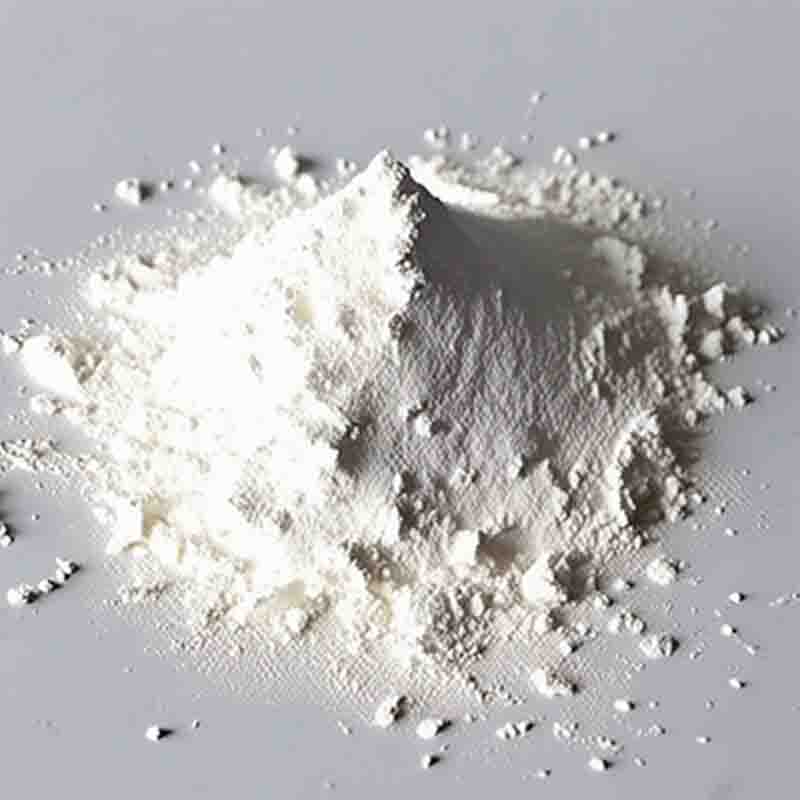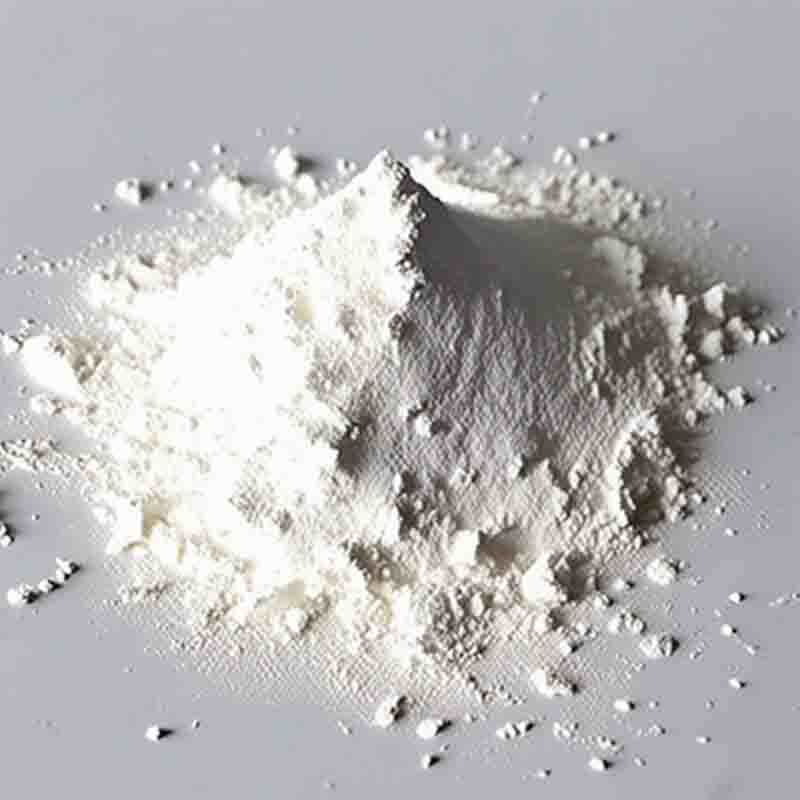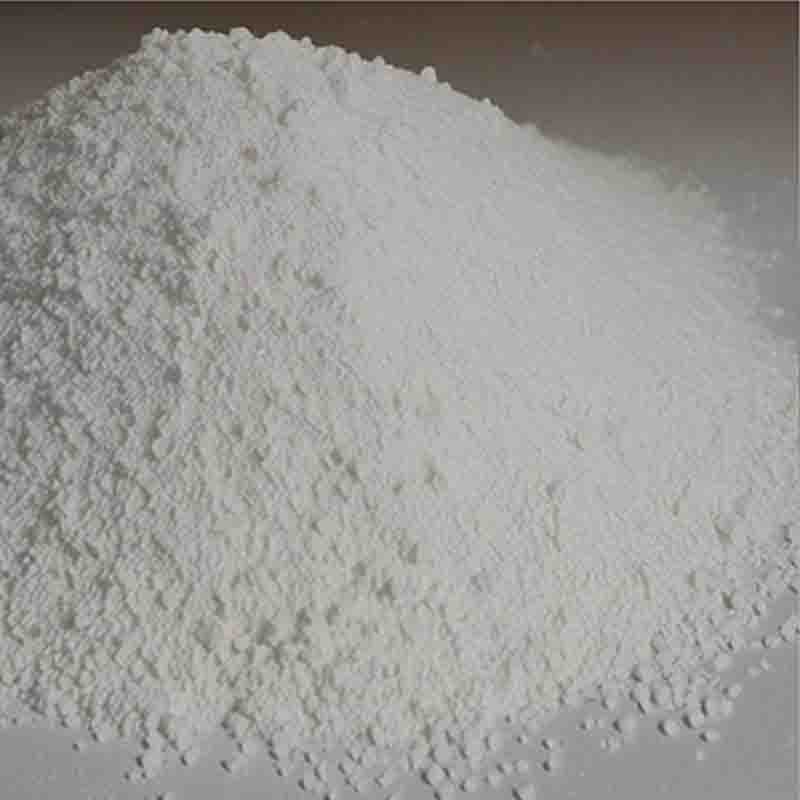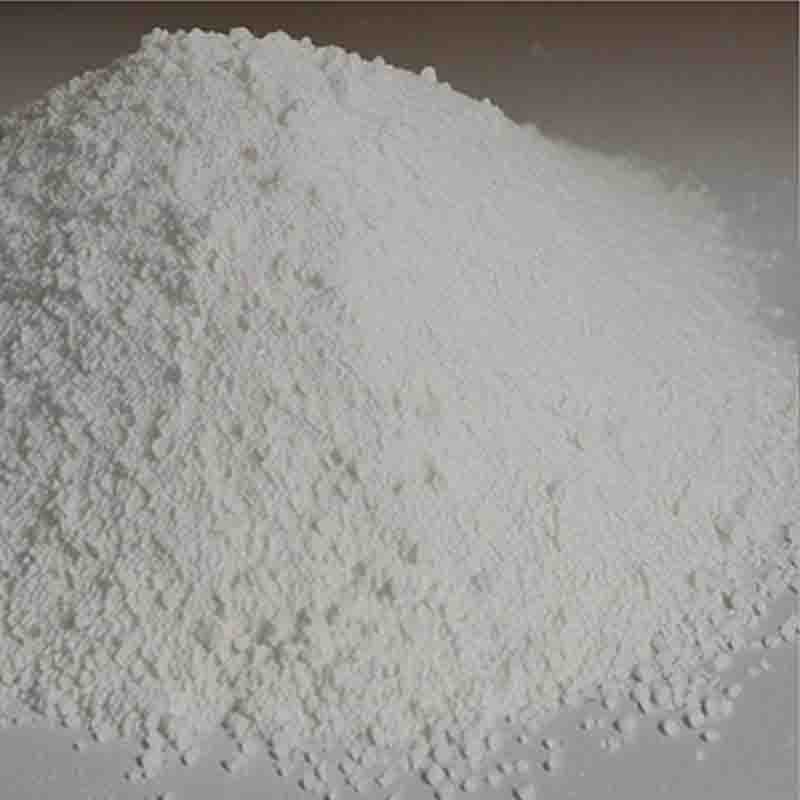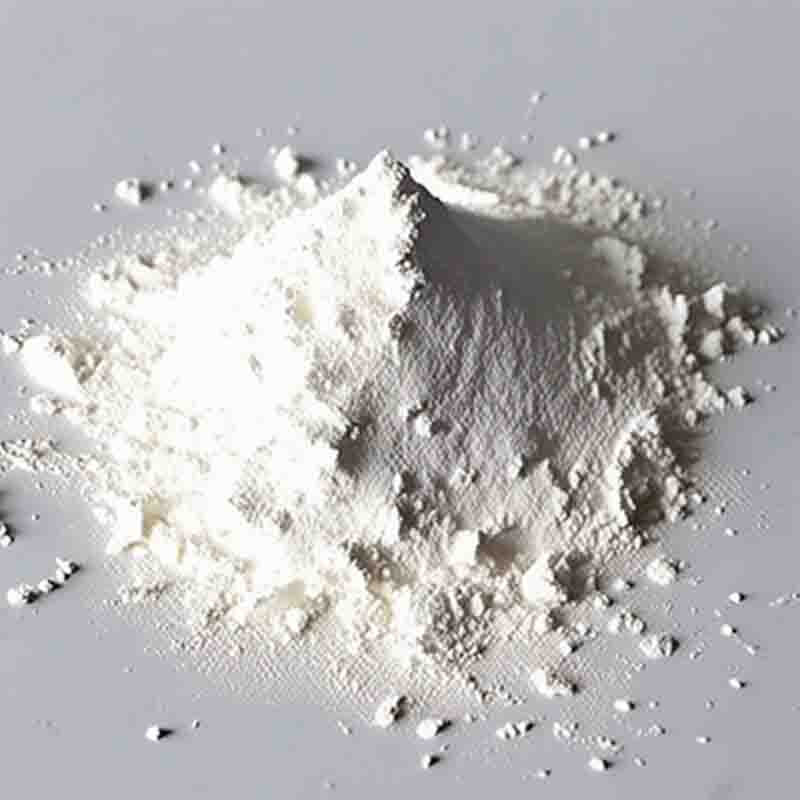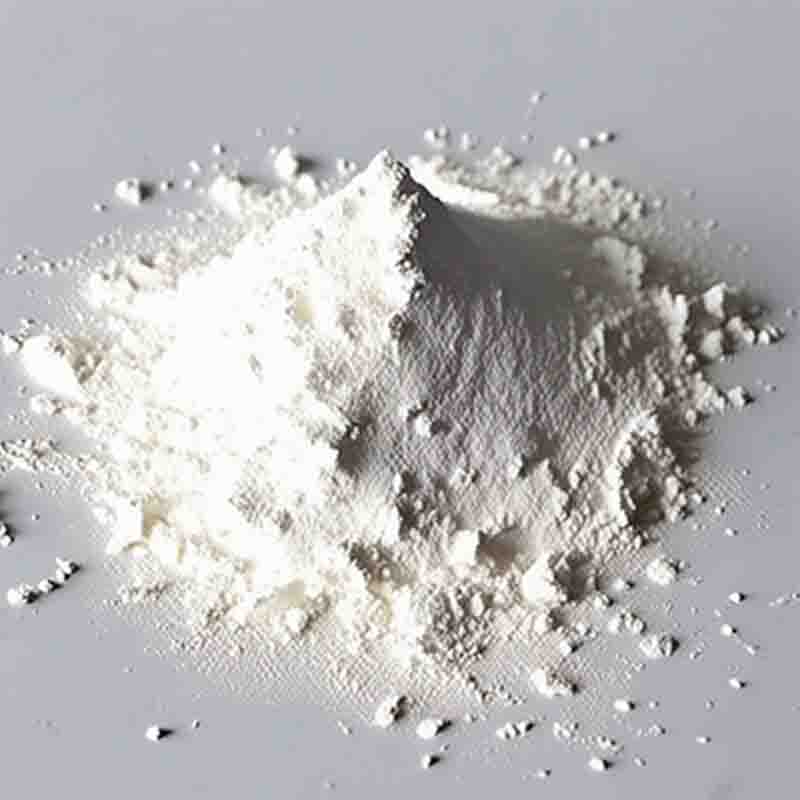6-Acetyl-8-cyclopentyl-5-methyl-2-[[5-(1-piperazinyl)-2-pyridinyl]amino]pyrido[2,3-d]pyrimidin-7(8H)-one hydrochloride CAS: 571189-11-2
| Catalog Number | XD93401 |
| Product Name | 6-Acetyl-8-cyclopentyl-5-methyl-2-[[5-(1-piperazinyl)-2-pyridinyl]amino]pyrido[2,3-d]pyrimidin-7(8H)-one hydrochloride |
| CAS | 571189-11-2 |
| Molecular Formula | C24H30ClN7O2 |
| Molecular Weight | 483.9937 |
| Storage Details | Ambient |
Product Specification
| Appearance | White powder |
| Assay | 99% min |
6-Acetyl-8-cyclopentyl-5-methyl-2-[[5-(1-piperazinyl)-2-pyridinyl]amino]pyrido[2,3-d]pyrimidin-7(8H)-one hydrochloride is a compound with potential applications in pharmaceutical research and drug development. Its unique molecular structure provides opportunities for investigation into its therapeutic uses.This compound belongs to the pyrido[2,3-d]pyrimidinone family, which has been widely studied for its pharmacological activities. The presence of the acetyl group suggests potential interactions with enzymes involved in cellular processes. It may have inhibitory effects on enzymes like kinases or proteases, making it a promising candidate for the development of enzyme-specific inhibitors.The cyclopentyl and methyl groups in the structure contribute to the compound's lipophilic nature. This property allows it to easily traverse biological barriers, increasing its potential as a drug candidate. It may have enhanced permeability and bioavailability, making it suitable for oral administration and systemic distribution.The 1-piperazinyl and 2-pyridinyl groups present in the compound provide versatility for its potential use in drug design. Piperazine derivatives are widely recognized in medicinal chemistry for their biological activities. The piperazine group can contribute to receptor binding and modulate pharmacokinetic properties. Moreover, the pyridine group is often involved in ligand-receptor interactions, as pyridine ring systems can form hydrogen bonds with specific receptor sites. These properties make this compound a potential ligand for various receptors, including G protein-coupled receptors.Considering the pyrido[2,3-d]pyrimidinone scaffold and the presence of the piperazine group, the compound can be explored as an anti-cancer agent. It may exhibit cytotoxic effects against cancer cells through inhibition of specific signaling pathways associated with cell proliferation. Further studies involving in vitro and in vivo models can evaluate its potential as an anti-tumor agent.Additionally, the compound's pyrido[2,3-d]pyrimidinone core can be modified to target specific diseases or conditions. By introducing appropriate functional groups or substituents, its selectivity and potency can be enhanced, allowing for the development of highly specific therapeutic agents.In summary, 6-Acetyl-8-cyclopentyl-5-methyl-2-[[5-(1-piperazinyl)-2-pyridinyl]amino]pyrido[2,3-d]pyrimidin-7(8H)-one hydrochloride holds potential in multiple areas of pharmaceutical research. Its structural features allow for investigation into enzyme inhibition, receptor binding, and anti-cancer activity. Further exploration and optimization of its core structure may yield novel drug candidates with improved efficacy and specificity for various therapeutic targets.


![6-Acetyl-8-cyclopentyl-5-methyl-2-[[5-(1-piperazinyl)-2-pyridinyl]amino]pyrido[2,3-d]pyrimidin-7(8H)-one hydrochloride CAS: 571189-11-2 Featured Image](https://cdn.globalso.com/xdbiochems/白色粉末2128.jpg)
![6-Acetyl-8-cyclopentyl-5-methyl-2-[[5-(1-piperazinyl)-2-pyridinyl]amino]pyrido[2,3-d]pyrimidin-7(8H)-one hydrochloride CAS: 571189-11-2](https://cdn.globalso.com/xdbiochems/粉末239.jpg)
